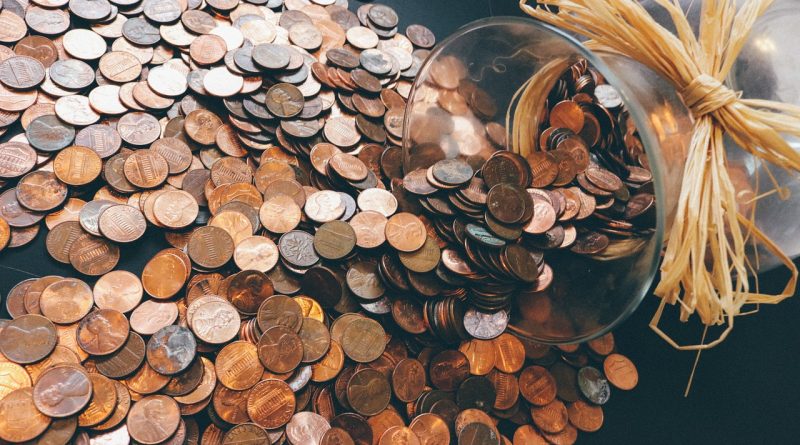Make “Cents” of Your Pet Food Budget by Calculating Pet Food Costs
Do you know how much it costs to feed your pet each day, month, or year? This information can be important not only for making your household budget, but also as a tool for deciding which food to feed – if two foods are otherwise similar (check out our previous posts for advice on selecting pet foods), why not go with the better value? Many of our clients and our students are surprised how much various foods cost to feed over a month or a year!
When pet owners do compare the prices of pet food, they usually compare the price per bag or can or the price per pound, but this is not the most accurate way to compare because your pet will likely need to eat different amounts of different diets – a 10lb bag of two different foods will not necessarily last the same number of days for your dog or cat. Especially for cans, the difference between 1 can and 1 & 1/4 cans per day can be a large increase in feeding costs over time.
To provide an accurate estimate of feeding costs, it is critical to figure out the cost per kilocalorie, not the cost per pound or can. First, you need to figure out how much your pet eats each day – you can do this by adding up the total amount of each food that your pet eats and multiplying it by the calories per cup or can or gram of the food. If you are estimating the costs of feeding a new pet that you don’t have yet or you feed your pet free choice, you can use the calorie calculator on the Pet Nutrition Alliance homepage to get a ball park number.
Once you know how many kilocalories your pet needs per day, then you need to know how much the food costs and how big the can or bag is (in grams or kilograms). You’ll also need to know the calorie content of the food in kilocalorie/kilogram (kcal/kg) for dry food and kcal/can for canned food – this information will be on the label or you may be able to find it on the manufacturer’s or a retailer’s website.
Let’s look at some examples:
Lucy is a 5 yo spayed female domestic shorthair cat. She eats about 250 kcal per day. Her food is in 5 oz (140 gram) cans that cost $1.25 each. Each can is 160 kilocalories/can. If we divide 250 kcal by 160 kcal/can, we find out that Lucy will eat 1.56 cans or 219 grams of food per day. At $1.25 per can, the cost is $0.0089 per gram (divide $1.25 by 140 grams). As Lucy is eating 219 grams, we multiply the $0.0089 by 219 and get $1.96 per day to feed her. That means her feeding costs are about $59 a month and $704 a year.
Bob is a 10 year old neutered male chocolate lab. He needs 1000 kcal per day. His food costs $45.60 for a 35lb (15.9 kg) bag that is 3665 kcal/kg. First, we need to figure out how much food in kg he will need each day. He needs 1000 calories, so we divide 1000 kcal by 3665 kcal/kg and get that he will eat 0.273 kg each day (273 grams). The food is $45.60 for 15.9 kg, so we divide and get $2.87/kg of food. Now we need to multiply the $2.87 by the 0.273 kg of food he’ll be eating each day. That gives us $0.78 each day to feed him. His overall feeding costs are about $23 a month or $282 a year.
Are you surprised that the cat cost more to feed than a large dog? Both of the food examples given here are “premium” foods, so it’s not that the cat’s food is a higher quality food. The biggest difference is that the cat is eating canned food and canned food is much more expensive relative to dry food on a calorie basis! Cat foods are also generally higher in protein and fat than dog foods, so they are typically more expensive per calorie, even for dry foods.
Too much math? We’ve made a calculator for you to make this easier!

